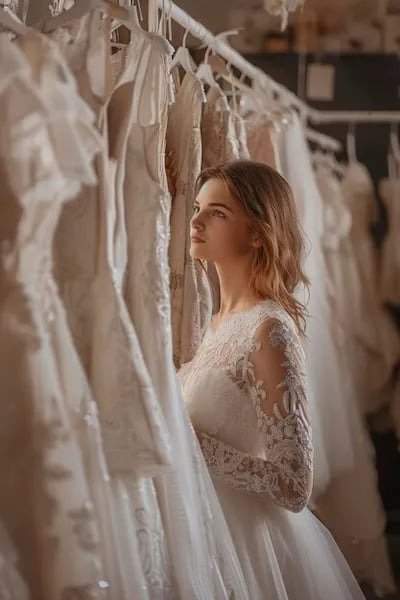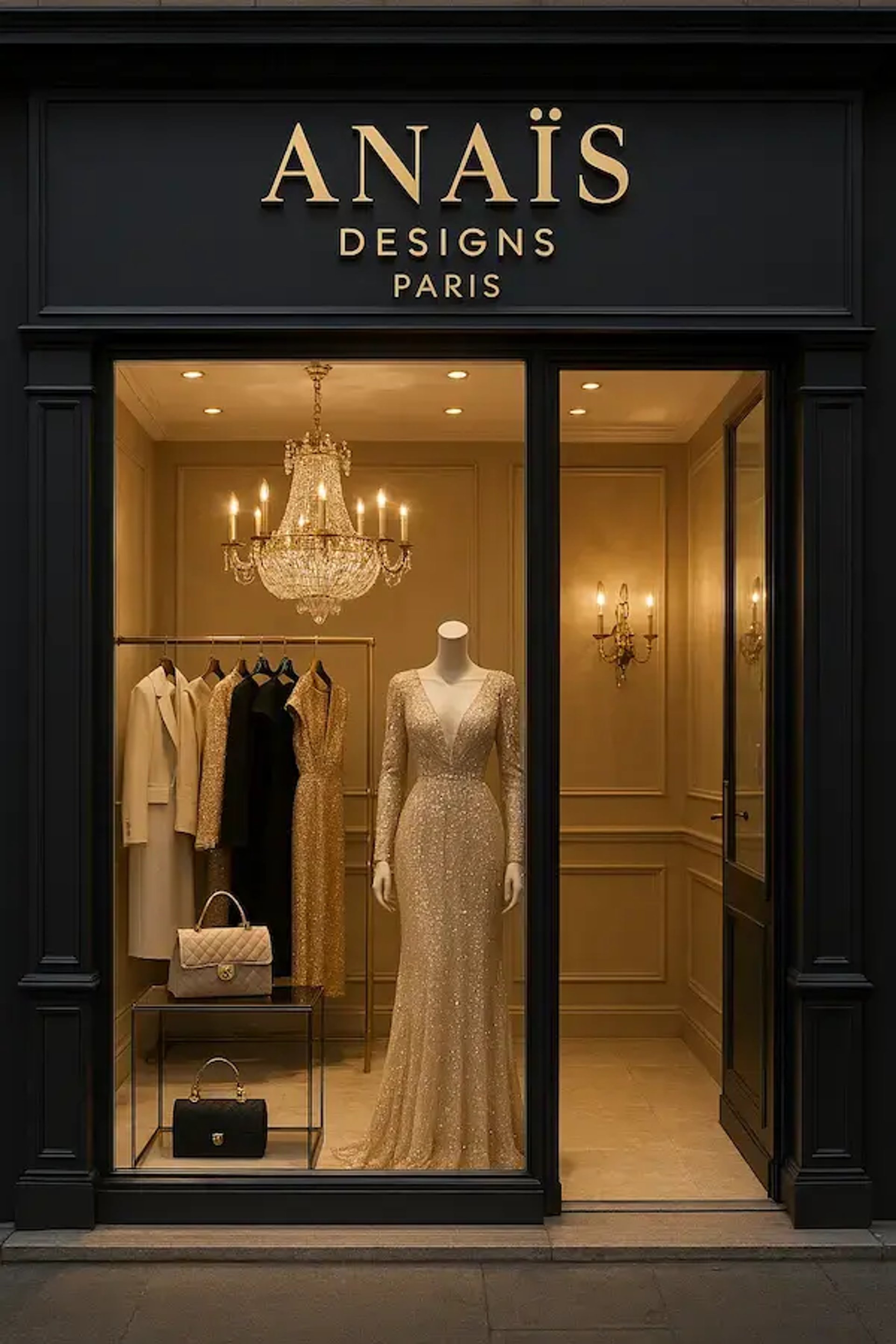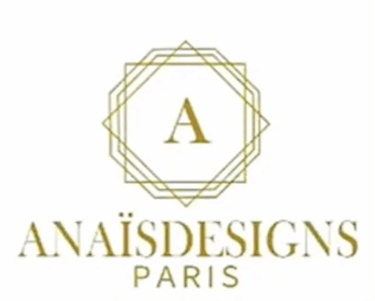Tips for Choosing Your Ideal Wedding Dress
Choosing the perfect wedding dress can be both exciting and challenging. Establishing a realistic wedding budget is essential. Allocate 10-15% of your total wedding budget for the dress to streamline your shopping experience and make informed decisions.
Delphine Cathala
7/9/20215 min read


Understanding Your Wedding Theme
Choosing a wedding dress is a pivotal part of the wedding planning process, and one of the primary factors to consider is the overall theme of your wedding. The theme plays a significant role in shaping not only the dress but also the entire ambiance of the celebration. Common themes include traditional, modern, bohemian, and vintage, each bringing its unique character and style influences that should be reflected in your wedding gown selection.
A traditional wedding often calls for classic designs, such as A-line or ball gown silhouettes, frequently crafted from luxurious fabrics like satin or lace. These dresses typically feature elegant embellishments, including delicate embroidery or beading, making them perfect for a formal church setting or a grand reception. Traditional color palettes usually consist of whites, ivories, or blush tones, creating a timeless look that resonates with heritage.
On the other hand, a modern wedding theme may encourage you to explore unconventional styles. Here, sleek lines and minimalistic designs can take center stage. Opting for contemporary materials like crepe or georgette can result in a striking appearance, while bolder colors and unique cuts—such as asymmetric necklines or high-low hems—can further enhance the modern aesthetic.
If a bohemian theme aligns with your vision, consider dresses that incorporate flowing fabrics and relaxed silhouettes. Look for elements like fringe, crochet, or floral patterns that embody the spirit of freedom and creativity. These gowns can often feature earthy tones or soft pastels, perfectly capturing a whimsical outdoor setting.
Lastly, vintage themes celebrate styles from past eras, whether it is the elegance of the 1920s or the romanticity of the 1960s. Fabrics such as lace, tulle, and chiffon can evoke nostalgia, and incorporating vintage accessories will further enhance this aesthetic. Understanding your wedding theme not only helps to clarify your vision but also ensures that every aspect, including your wedding dress, reflects that cohesive story on your special day.
Determining Your Body Shape and Fit
Choosing the perfect wedding dress is a significant decision that requires not only a sense of style but also an understanding of your unique body shape. Each body type has distinctive features that can be elegantly showcased through the right dress silhouette. Here, we will explore the various body shapes, such as hourglass, pear, apple, rectangle, and inverted triangle, and identify which dress designs tend to flatter each one.
The hourglass shape, characterized by a well-defined waist and balanced bust and hips, is best complemented by fitted gowns that accentuate curves. Styles such as mermaid or trumpet dresses work particularly well, as they enhance the natural form while allowing for ease of movement. On the opposite end, pear-shaped brides, with narrower shoulders and wider hips, may find A-line dresses or ball gowns optimal, as these styles create a more balanced look, drawing attention to the upper body.
For those with an apple shape, where the upper body is fuller than the lower body, dresses with empire waists or v-necklines can elegantly highlight the shoulders and bust while providing comfort. Rectangle-shaped brides, who possess a straighter silhouette, may prefer designs that add volume and shape, such as tiered skirts and embellished bodices. Lastly, inverted triangle shapes often benefit from dresses that create a curvy silhouette, like A-line gowns that flow from the waist, helping to soften the shoulder width.
In addition to identifying your body shape, it is essential to take precise measurements to ensure a suitable fit. Measure your bust, waist, and hips accurately using a soft measuring tape, and consider consulting a professional for assistance, if needed. This will enable you to select a size that not only enhances your natural beauty but also offers comfort throughout the ceremony and reception. Ultimately, selecting the right wedding dress requires a thoughtful understanding of your form and preferences, enabling you to feel confident on your special day.
Exploring Different Dress Styles and Fabrics
The wedding dress market is a vibrant tapestry of styles and fabrics, catering to the diverse preferences of brides. Among the most popular styles are the A-line, ball gown, mermaid, and sheath dresses, each offering a unique silhouette that flatters various body types. The A-line gown, with its fitted bodice and flared skirt, creates an elegant shape suitable for both casual and formal weddings. In contrast, the ball gown delivers a fairy-tale aesthetic with its voluminous skirt, making it an ideal choice for traditional ceremonies.
Mermaid dresses, which hug the body closely before flaring out at the knee, accentuate curves and are best suited for brides seeking a more dramatic, sexy appeal. On the other hand, the sheath dress offers a sleek, minimalist style that flows naturally down the body, perfect for modern brides aiming for a sophisticated look. When selecting a dress style, it's imperative to consider how the chosen fabric will complement the overall design.
Fabrics play a crucial role in the dress's appearance and comfort. Lace, renowned for its intricate details, is often used in traditional designs, adding an air of romance. Satin is another premium choice, known for its luxurious sheen and smooth texture, suitable for dresses that require structure. Tulle, a lightweight netting, is frequently used for layering, providing volume without added weight, while chiffon offers a flowing, soft drape, ideal for bohemian or beach weddings. Color is also an important factor; while many brides gravitate towards classic white, shades like ivory, blush, and even bold colors can make a significant statement.
Finally, the weight and intricate detailing of the fabric should align with the chosen season and venue; lighter materials are preferable for summer weddings, whereas heavier fabrics like satin may be more suitable for winter nuptials. Understanding the interplay between dress styles and fabrics ultimately empowers brides to make informed choices that reflect their personal style and the wedding's thematic essence.
Budgeting and Shopping Tips for the Perfect Dress
Choosing the ideal wedding dress is one of the most exciting yet challenging aspects of wedding planning. To navigate this process effectively, it is crucial to establish a realistic budget. Start by determining how much you are willing to spend on your wedding dress while considering other essential elements of your wedding. A good rule of thumb is to allocate around 10-15% of your total wedding budget for the dress. This will give you a framework to guide your decisions as you venture into the shopping experience.
Be mindful of hidden costs when budgeting for your wedding dress. These may include expenses such as alterations, which can be necessary to achieve the perfect fit, as well as accessories like veils, shoes, and undergarments. It’s advisable to set aside an extra 20-30% of your dress budget specifically for these additions, ensuring that there are no unexpected expenses that could compromise your financial plan.
When it comes to shopping, begin by researching various bridal boutiques and designers that resonate with your style yet fall within your budgetary constraints. Additionally, consider attending trunk shows and sample sales. These events often offer significant discounts on designer dresses, providing an excellent opportunity to find your dream gown at a more affordable price. Look for dates and locations near you, and don’t hesitate to schedule appointments early, as slots can fill quickly.
As you navigate the shopping process, remember that negotiation is a common practice in the bridal industry. Do not shy away from discussing prices or requesting special promotional offers. Building a rapport with bridal consultants can also lead to personalized recommendations, potentially saving you money. With careful planning and strategic shopping approaches, you can find the wedding dress of your dreams without incurring financial stress.

Copyright © 2025 Anaïs Designs.All rights reserved.
